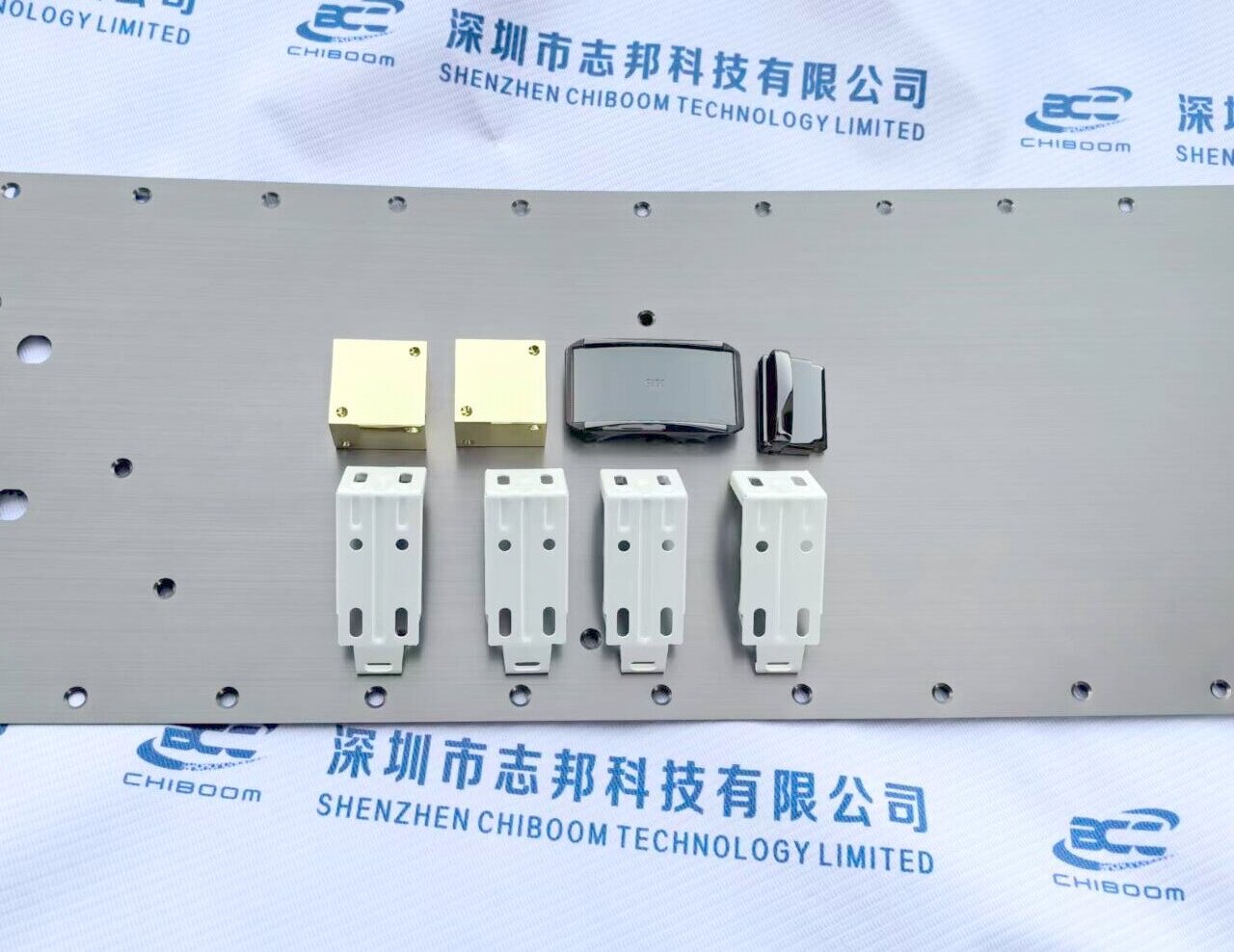How to use electrophoretic paint
How to use electrophoretic paint
A Comprehensive Guide to the Application of Electrophoretic Paint
Electrophoretic paint, as an efficient and environmentally friendly coating technology, is widely used in industries such as automobiles, home appliances, and hardware. It is favored for its high corrosion resistance, strong adhesion, and even, fine-textured coating effects. This article delves into the methods of applying electrophoretic paint, detailing the process, precautions, and optimization strategies, aiming to provide a reference for related industries.
I. Preparation Before Applying Electrophoretic Paint
1. Material Preparation
Degreasing and Cleaning: First, thoroughly degrease and clean the surfaces to be painted, ensuring they are free from oil, rust, and other impurities. This step can be achieved through cleaning, sandblasting, or chemical treatment. The treated surfaces should be smooth, shiny, and free of visible defects.
Drying: After cleaning, dry the materials to remove surface moisture, which could affect the subsequent electrophoretic coating process.

2. Equipment Setup
Set Process Parameters: Based on the condition of the surface treatment, set appropriate temperature, time, voltage, and other process parameters. These parameters significantly impact the deposition effect and coating quality.
Check Equipment Status: Ensure that electrode plates, circulation pumps, UV lamps (if using UV curing), and other equipment are in good working order to prevent equipment failures that could disrupt the coating process.
3. Paint Preparation
Mix Electrophoretic Paint: According to the paint's formula, mix the electrophoretic paint with water to the specified concentration. Strictly control the mixing ratio to ensure paint quality.
Measure Density and Viscosity: After mixing, measure the density and viscosity of the electrophoretic paint to ensure it meets coating requirements.
II. The Electrophoretic Coating Process
1. Material Suspension
Hang the prepared materials on the electrode plates, paying attention to the suspension distance and angle to ensure uniform electrophoretic coating.
2. Electrophoretic Coating
Pour the electrophoretic paint mixture into the coating tank, turn on the DC power supply, and allow the electrolytic effect to deposit the paint evenly onto the surface of the materials.
Control the paint temperature, concentration, and voltage during this process to ensure coating quality. Observe the coating effect and adjust parameters promptly to address any issues.
3. Rinsing and Drying
After electrophoretic coating, rinse the materials to remove excess paint. Control the rinsing water temperature and flow rate to avoid damaging the coating.
Dry the rinsed materials, typically through high-temperature baking or natural air drying. Control the temperature and time during drying to prevent coating cracks or blisters.
III. Post-Processing and Quality Control
1. Post-Processing
Depending on requirements, perform additional processes such as polishing, coloring, or spraying to enhance the surface texture and aesthetics.
2. Quality Control
Regularly inspect coating quality, including coating thickness, uniformity, and adhesion. Rectify any issues promptly to ensure the coating meets standard requirements.
Establish a comprehensive quality management system to monitor and manage the entire electrophoretic coating process, ensuring consistent and stable coating results.
IV. Precautions and Optimization Strategies
1. Precautions
Maintain the freshness of the paint and cleanliness of coating equipment throughout the process to prevent impurities from affecting coating quality.
Ensure operational personnel wear appropriate safety gear to avoid exposure to hazardous chemicals.
2. Optimization Strategies
Continuously optimize process parameters and coating procedures to improve coating efficiency and quality.
Introduce advanced automation equipment and intelligent management systems to automate and control the coating process.
Strengthen communication and collaboration with suppliers and customers to drive the development and application of electrophoretic coating technology.
In conclusion, the application of electrophoretic paint involves multiple steps and details requiring strict adherence to operating procedures and precautions. By optimizing process parameters and coating procedures, consistent and stable coating results can be achieved, providing more high-quality and efficient coating solutions for related industries.





 WeChat
WeChat